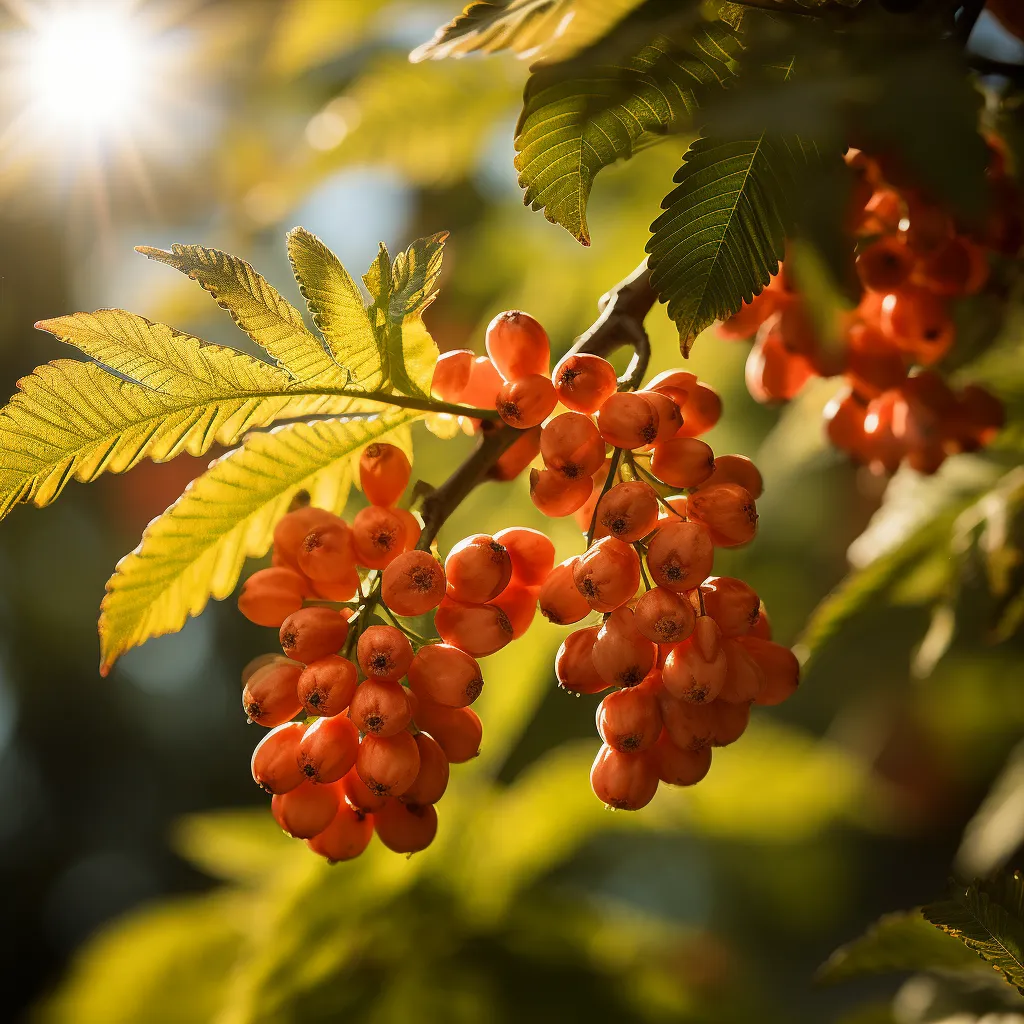Story of Day :
Contents
Sorbus forrestii (Forrests Rowan) Plant Care Tips
Welcome to another exciting edition of our garden blog! Today, we are going to dive into the wonderful world of Sorbus forrestii, commonly known as Forrests Rowan.
This stunning plant is a must-have for any garden enthusiast, and in this article, we will provide you with all the essential care tips you need to keep your Sorbus forrestii thriving.
So grab your gardening gloves and let’s get started!
Introduction to Sorbus forrestii
Sorbus forrestii is a deciduous tree native to western China.
It belongs to the Rosaceae family and is characterized by its beautiful white flowers in spring followed by clusters of bright red berries in autumn.
This ornamental tree can reach heights of up to 15 meters and has an upright growth habit.
Planting Location

The success of growing Sorbus forrestii depends on choosing the right planting location.
Here are some key considerations:
- Sunlight: Choose a spot that receives full sun or partial shade throughout the day.
- Soil: The soil should be well-draining and rich in organic matter.
- Moisture: While Sorbus forrestii can tolerate dry conditions once established, it prefers moist soil.
Care Tips
To ensure your Sorbus forrestii thrives year after year, follow these care tips:
Watering
Adequate watering is crucial during the establishment phase.
Water deeply once or twice a week during dry spells until the plant is well-established.
After that, regular rainfall should be sufficient to meet its moisture needs.
However, make sure to water during prolonged periods of drought.

Fertilization
Applying a general-purpose fertilizer in early spring can provide the necessary nutrients for healthy growth.
Follow the manufacturer’s instructions for application rates and timing.
Pruning
Sorbus forrestii generally requires minimal pruning.
Remove any dead or diseased branches as soon as you notice them.
You can also shape the tree by selectively removing unwanted branches in late winter or early spring before new growth begins.

Pest and Disease Control
Sorbus forrestii is relatively resistant to pests and diseases compared to other plants, but it’s still important to keep an eye out for potential issues:
- Aphids: These tiny insects can suck sap from leaves, causing distortion and yellowing.
Use insecticidal soap or neem oil spray to control aphid infestations.
- Rust: Sorbus forrestii is susceptible to rust diseases, which manifest as orange or brown spots on leaves.
Prune affected branches immediately and dispose of them properly.
Winter Protection
Sorbus forrestii is hardy in USDA zones 5-8 but may benefit from some winter protection in colder climates:
- Mulching: Apply a layer of organic mulch around the base of the tree before winter sets in.
This will help insulate the roots and prevent frost heaving.
- Burlap Wrapping: In extremely cold regions, consider wrapping the tree with burlap to protect it from harsh winds and freezing temperatures.

Summary
Sorbus forrestii is a stunning ornamental tree that can add beauty and interest to any garden.
By providing the right planting location, proper care, and protection during winter months, you can ensure its long-term success.
So go ahead, plant Sorbus forrestii in your garden, and enjoy its delightful flowers and vibrant berries year after year!